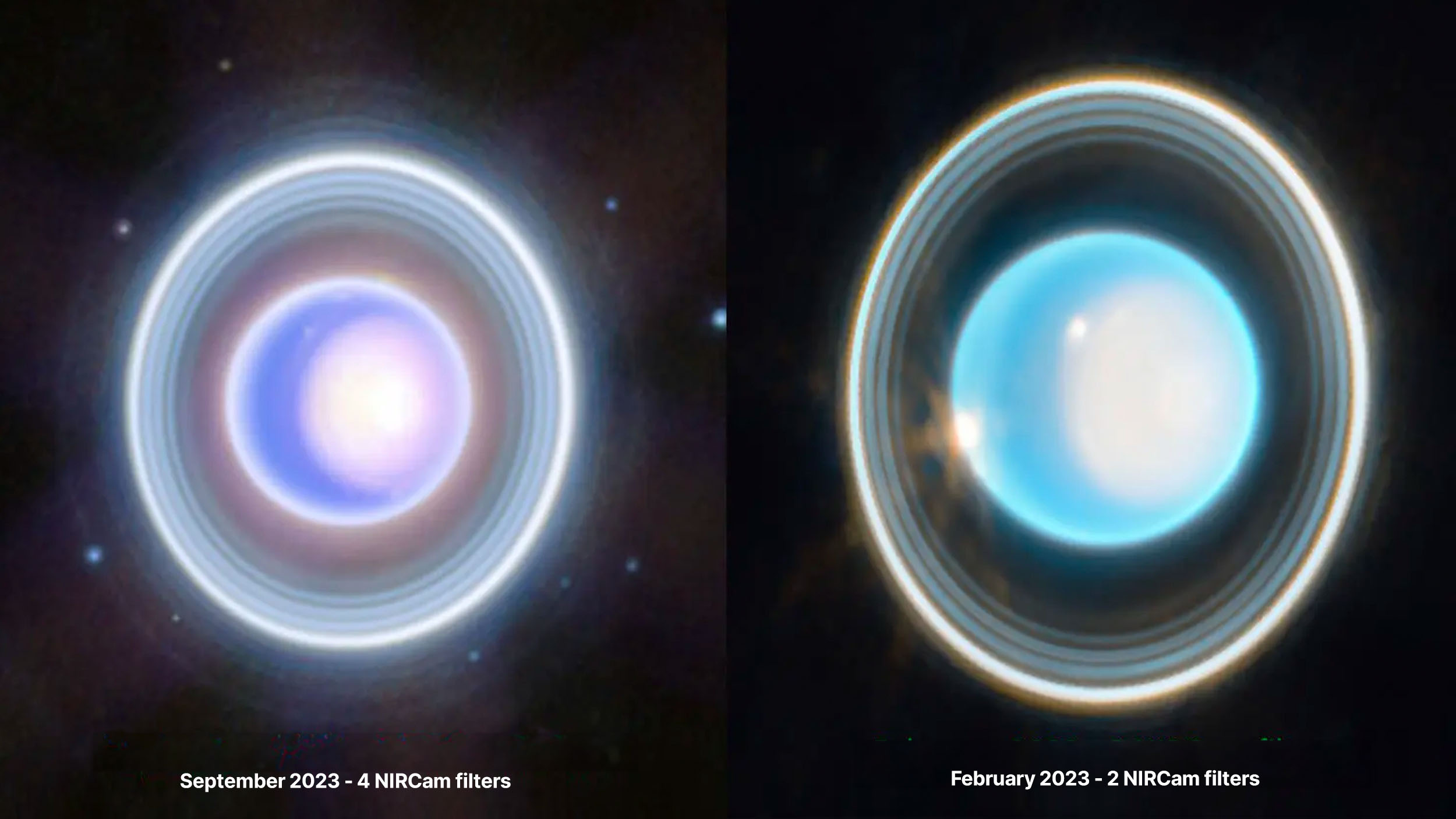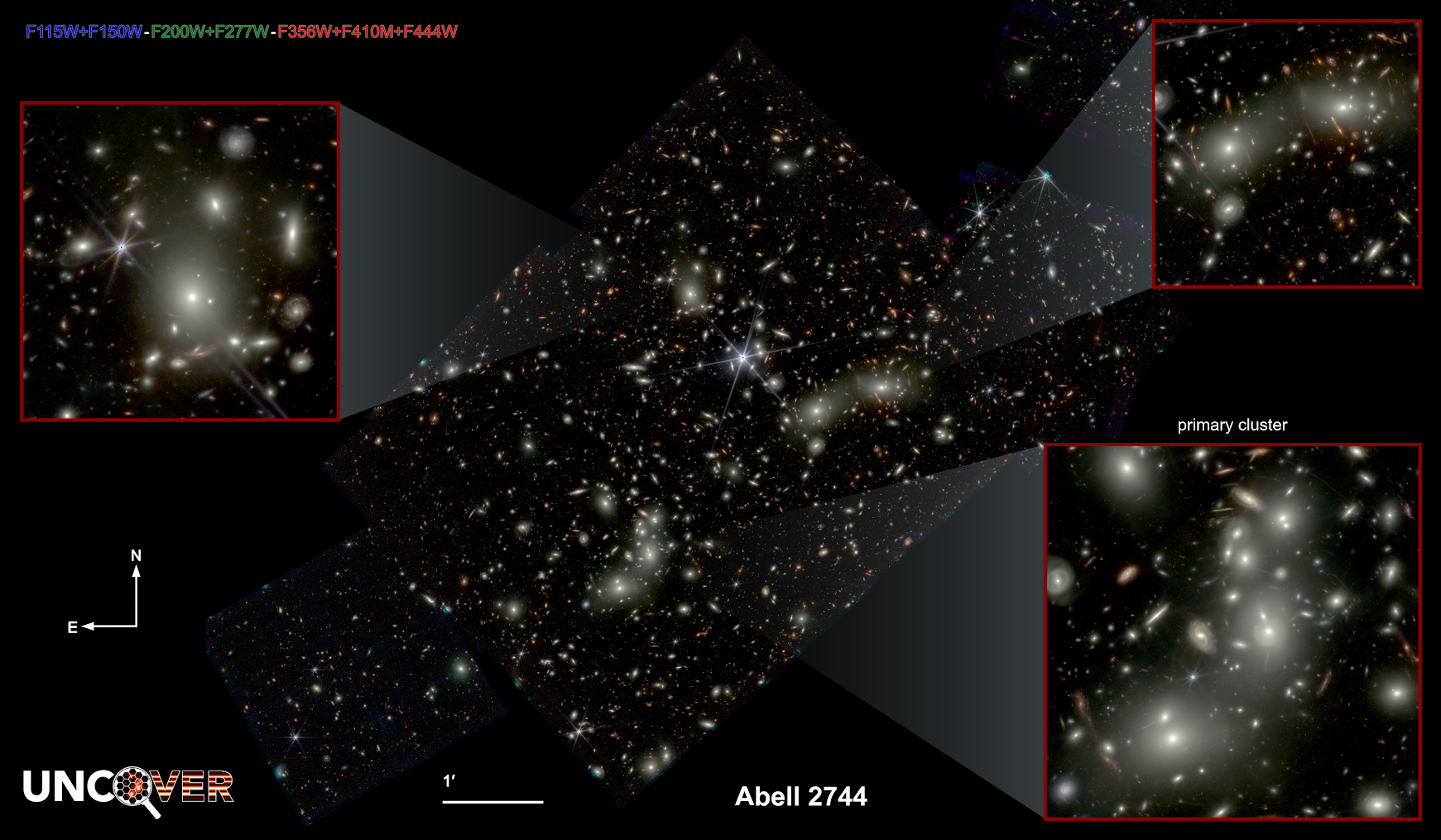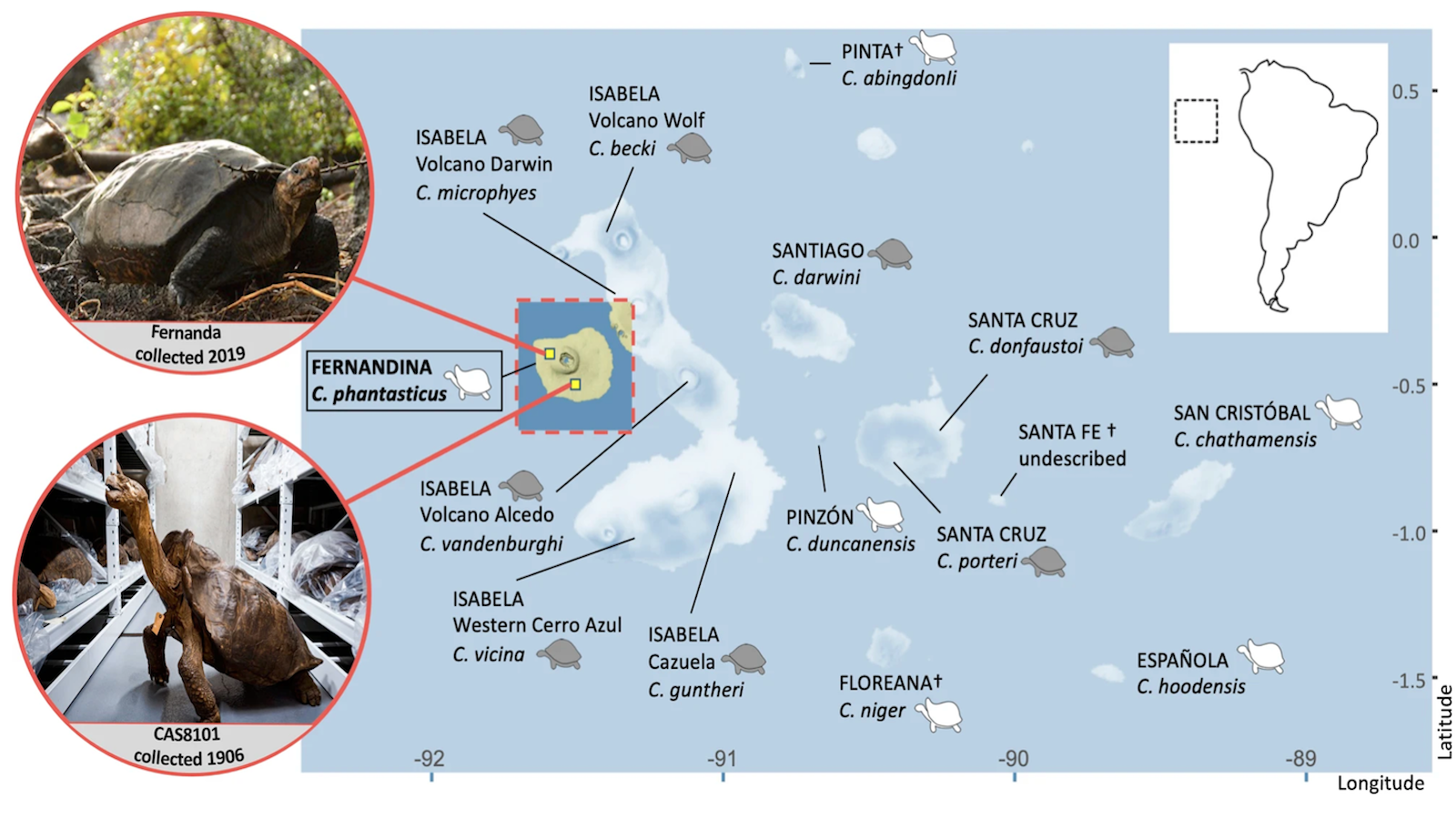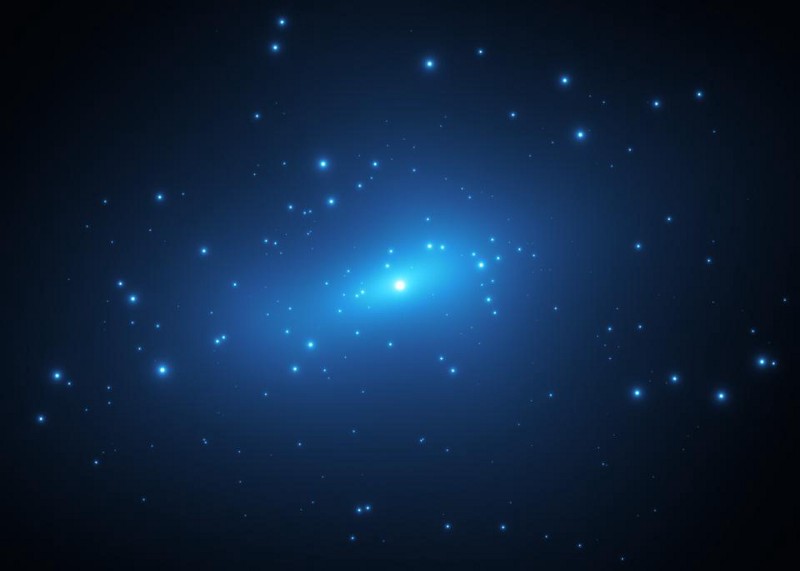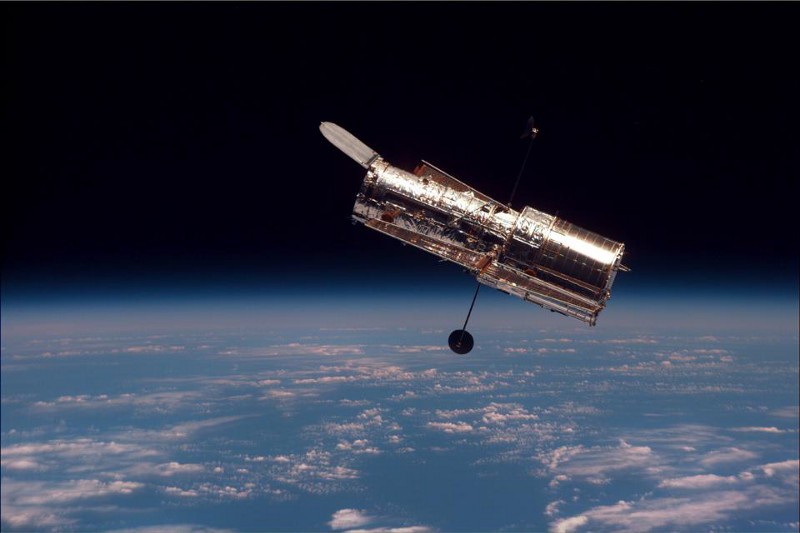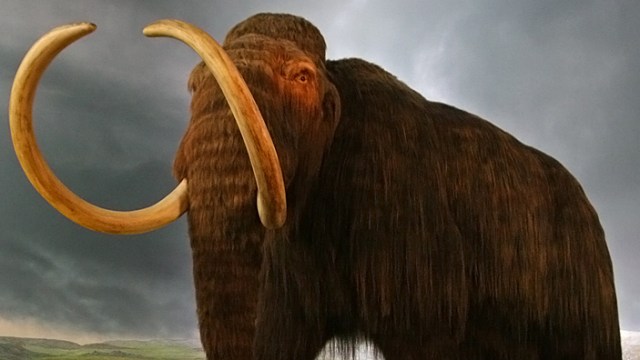MVP #31: An Andean mystery solved
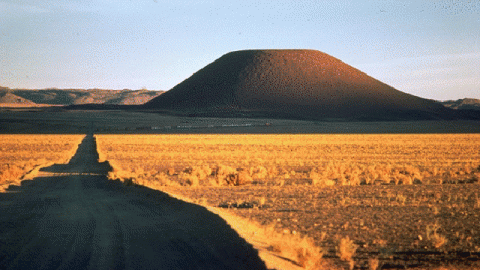
So, I said that I was going to try to make MVP #31 a little harder than some of the last few Mystery Volcano Photos, and I was right. In fact, we actually have to split the points for this one between two Eruptions readers – Robin, who gets the main three features and the Bobs who got the distant volcano, which was especially hard. Congratulations to both!
Below is the (now annotated) original image where I asked you to identify not only the scoria cone, but the volcano in the background and the unit in the foreground. Here is what I am sure of: the scoria cone is La Poruña (see top left for another view), the unit in the foreground is the San Pedro Ignimbrite (which Highway 21 cuts through in a drainage) and the near ridge in the background are lava flows from San Pedro. Now, this is where it gets tricky – the volcano in the far background is, well, mysterious. Eruptions reader Robin identifying the distant peak as Cerro Polari, but I have yet to find any information about the peak. I have posted a Google Maps satellite image showing where I took the photo and the direction I was facing, showing La Poruña, San Pedro/San Pablo and nearby Azufre. The Bobs identified the distant peak as part of Cerro Polapi, an older composite volcano and sure enough, that is the correct ID.

MVP #31, solved.

Location for the MVP #31 Photo
San Pedro, with its twin volcano San Pablo, are active volcanoes along the Andean arc. San Pedro is the younger of the two volcanoes and last erupted in 1960. The volcano has produced some stunning lava flows, at least as seen from space. La Poruña is a young basaltic andesite scoria cone associated with the San Pedro system. This pairing of a scoria cone and composite volcano is somewhat common in the Andes – head north and you see the same thing with La Poruñita and Ollagüe (although the genetic connection between the two is unclear). Finally, the foreground unit is a widespread ignimbrite (also known as an ash flow tuff) known as the San Pedro Ignimbrite with is ~9.6 Ma years old and upwards of 800 meters thick in some places. As for the distant volcano, Cerro Polapi, like many older northern Chilean volcanoes, very little is know about it, although it is not considering to be active at this point.
So, here are our updated standing with the points to Robin and the Bobs:
Hopefully this one was a little more of a challenge – and I’ll try to find some more like it!
